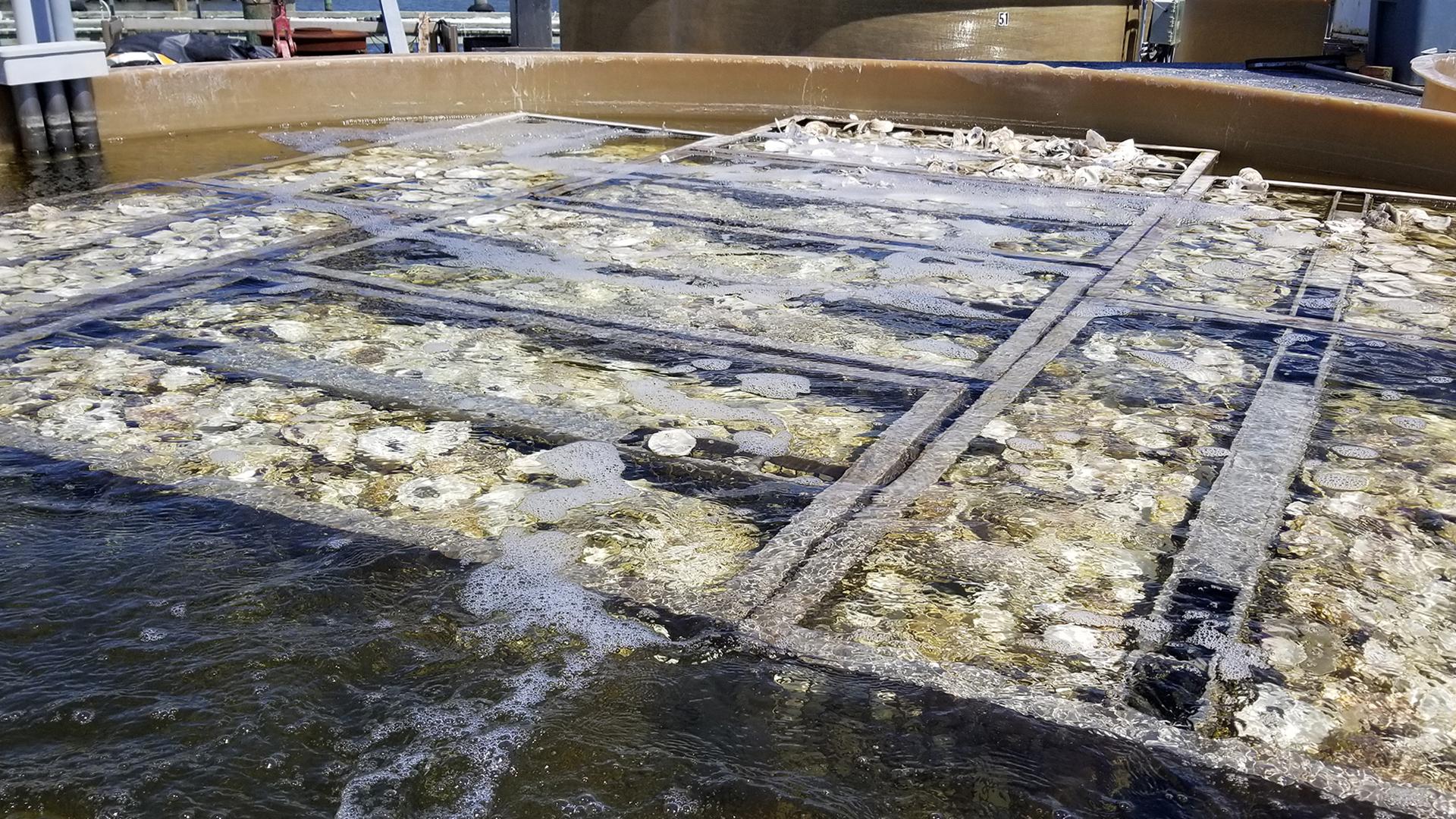Updated: May 11, 2021
Rain Gardens Across Maryland
Cleaning Maryland’s waterways one rain garden at a time. This new and improved “how-to” manual discusses the benefits of incorporating multiple small-scale practices into a rain garden design.
Updated: February 7, 2021
You and The Chesapeake Bay: Farm Animal Welfare
The AVMA, as a medical authority for the health and welfare of animals, offers the following eight integrated principles for developing and evaluating animal welfare policies, resolutions, and actions.
Updated: February 3, 2021
Basic Principles of Watershed Restoration and Stormwater Management in the Chesapeake Bay Region
The objective of this document is to provide an overview of the most relevant urban stormwater management and watershed restoration issues, common mitigating practices, and regulations relevant to the Chesapeake Bay Watershed. Land use and landscaping practices can drastically change how water flows on the landscape and ultimately impacts the health of our streams, rivers, and bays.
Updated: February 3, 2021
Understanding Anne Arundel County’s Watershed Protection and Restoration Fee
Stormwater runoff originates during precipitation events when water flows over the ground. Impervious surfaces such as streets and rooftops increase runoff by preventing water from soaking into the ground. Water running over hard surfaces can pick up sediment, chemicals, debris, and toxins which are carried to local waterways. These pollutants prevent waterways from being fishable and swimmable.
Updated: January 22, 2021
Nutrient Credit Trading Could Expand Maryland Oyster Aquaculture
Researchers from the University of Maryland Center for Environmental Science (UMCES) conducted a study to evaluate the potential effect of nutrient credit trading on the growth and profitability of Maryland’s aquaculture industry. Nutrient credit trading is a market approach to lowering the cost of meeting the pollution caps that have been established to restore aquatic habitat in the Chesapeake Bay. Oyster aquaculture producers are eligible to sell credits in this emerging market, which creates the potential for economic and environmental benefits.
Updated: January 15, 2021
Install a Pet Waste Station
When disposed of improperly, pet waste can be a source of water pollution because it contains diseases and bacteria. When precipitation falls on pet waste, bacteria and diseases are picked up and carried to local waterways and eventually the Chesapeake Bay. The pollution caused by unscooped pet waste affects both wildlife and humans – diseases associated with pet waste can cause illness and even death in people with weakened immune systems.
